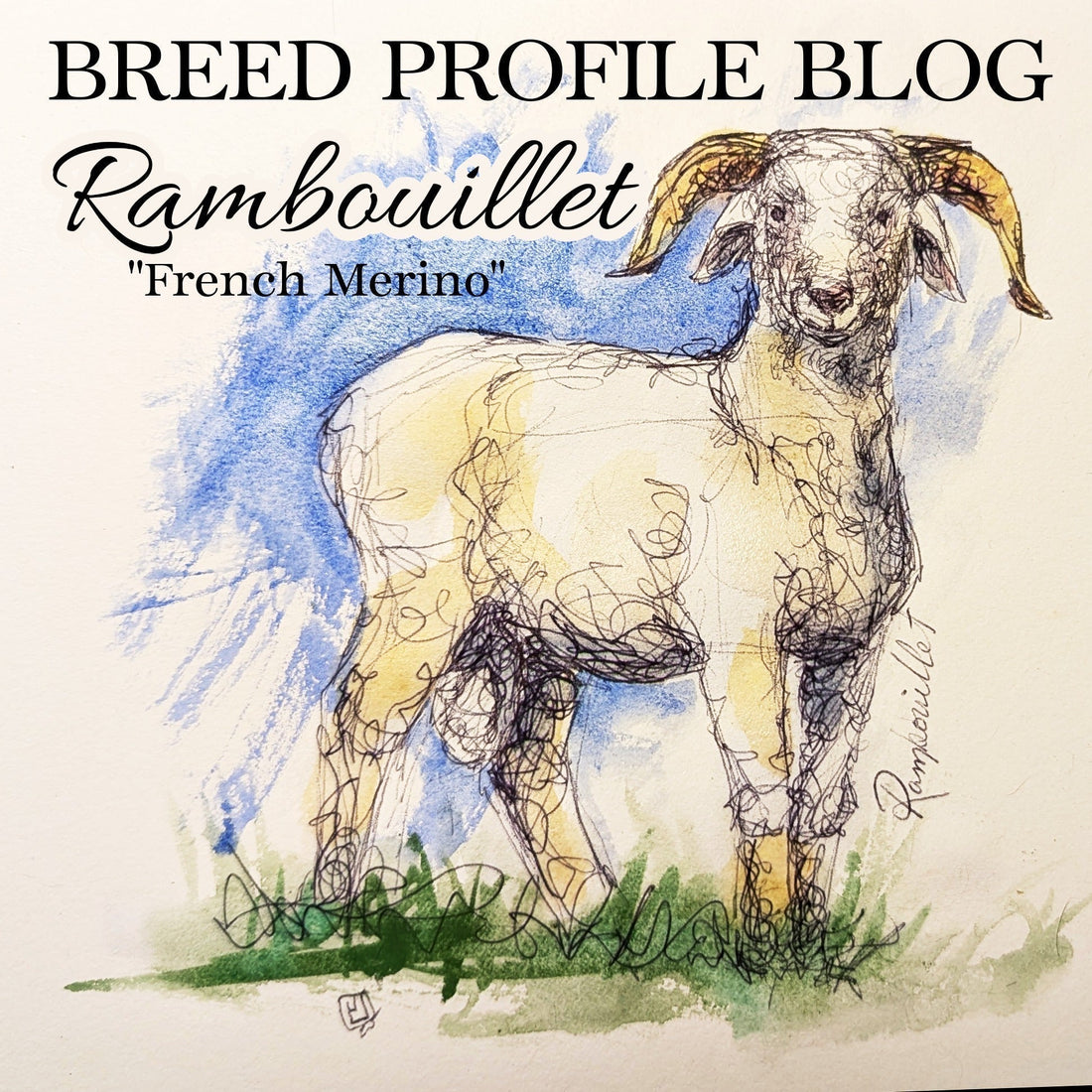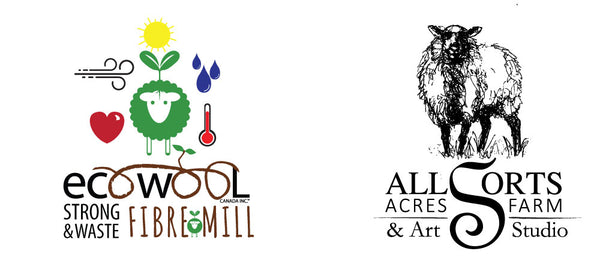
Breed Profile: Rambouillet - Canada's softest wool
Share

History:
With its origins in what is now modern-day Apian, the Rambouilet has a long and somewhat murky history.
Spain is a unique European country, having been ruled by both Muslim and Christian leaders over the centuries. The Churra sheep of the region had long, coarse wool used for carpets. Transhumance, the practice of moving seasonally from the lowlands to the highlands of the Pyrenees in the summer for grazing, was the primary shepherding style from the 11th century onwards.
Although the origins of the Rambouillet are uncertain, several theories exist. The most likely theory, supported by some genetic evidence, suggests that it was a gradual improvement of the breed, with sheep from across the known world contributing to what eventually became the Spanish Merino.
From Spain to France:
By the late 15th century, Spanish wool was world-renowned and had displaced English wool in the Flemish mills. The punishment for exporting the sheep out of Spain was death. It wasn't until the 18th century that small numbers of Merino sheep were legally exported out of Spain to establish new, foundation flocks. One group was sent to Sweden, Germany, and Hungary. King Louis XVI received a group of 366 Merino sheep to his Chateau in Rambouillet, France. Selected from 10 different flocks for genetic diversity became the basis for a number of different breeds, including the Rambouillet, IIe de France, and the Berrichon du Cher, or Berry Sheep.
Rambouillet Development:
The Rambouillet flock continued to add new genetics to improve the sheep. The actual sheep brought in remains a secret; it is known that some English long-wool genetics were introduced at some point. As Europe's power structures changed, Merino sheep were no longer held under lock and key. The animals became dispersed worldwide. The Rambouillet flock stayed quite pure due to political commitment to the continuous improvement of a French wool breed, even after the French Revolution.
By the early 19th century, the Rambouillet was considered a premium, dual-purpose sheep. The French improvements have created a larger framed sheep that produces a good lamb carcass within a reasonable time frame. Not as fast as the down breeds, but the Rambouillet's hardiness and soft, fine wool made up for that. It became a commercial, dual-purpose breed, especially for arid climates.
By 1840, the Rambouillet was being imported into the United States. Its ability to withstand variable and harsh conditions made it ideal for the Midwest and southern US. Unfortunately, the outstanding characteristics of the Rambouillet began to be diluted through haphazard breeding. This was exacerbated by the demand for wool during the Civil War. A group of dedicated breed enthusiasts created the official American Rambouillet Association in 1889. The creation of a breed standard and flock book has helped maintain the breed to this day.
Rambouillet as a Breed:
Known for its long, fine, dense wool with a long staple, Rambouillet wool is ideal for next-to-skin wear but lacks the skin folds of the Merino. A Rambouillet fleece can weigh up to 18lbs. With a micron count of under 24, Rambouillet wool is ideal for nuno felting, knitting, and weaving next-to-skin projects.
The dual-purpose Rambouillet is also a large, hardy, and robust sheep that lambs easily, is an excellent forager, and is resistant to parasites. With a strong maternal instinct, the ewes produce a lot of milk, raising 1-2 lambs annually. Horns or polled (no horns naturally) are accepted in the breed standard.
With a strong instinct to flock together when in danger or being handled, it makes it easier to herd in open space. Weighing between 200-300 lbs at maturity, the Rambouillet's success on grass can produce weight gains that rival the high-input meat breeds. Rams may or may not have horns.
In Canada, the majority of Rambouillet sheep can be found in the Western provinces as they thrive in the dry environment.
The wool itself cleans up to a bright white, enabling it to take dye beautifully. It is soft, perhaps the softest available in Canada. Its best end-use is for clothing that requires softness. Due to its fineness, it isn't the best choice for felting things like slippers, rugs, or other items that require strength.

